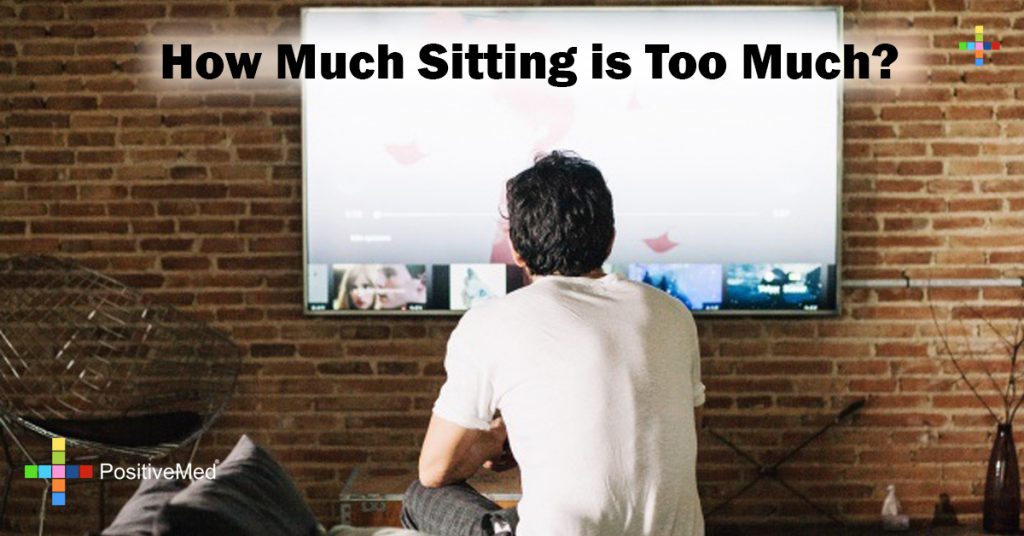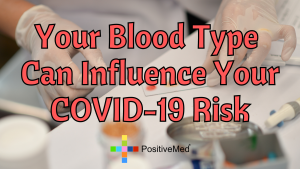
How Much Sitting is Too Much?
More and more people are getting blood clots, and at young ages. Doctors sometimes miss it as healthcare professionals are trained to look for a certain set of symptoms associated with clots, including pain, swelling, and heat, some of which may be missing. Also, travel is considered a risk factor, many doctors forget that some people work at desks for 12 hours with little movement. When asked after a work injury for a sitting time restriction the Dr. stated, “I want you up 10 minutes of every hour walking around, that’s just common sense.” Unfortunately, it really is not common sense, or common knowledge.
Diana Buchan, age 30, is a self-employed graphic designer who was working a lot of hours to meet deadlines. A lot of leg pain sent her to the doctor, who advised rest and ibuprofen, a few days later she was back with the clots having moved to her lungs, she could have died. Sara Thompson, an 18 year old college student, was spending so much time studying she developed a clot, she was unable to finish her exams as she was in the hospital recovering.

Some risk factors for blood clots include birth control or hormone pills, extended sitting time for work, school, or travel, and pregnancy. Sitting is sitting, if you are in a car, a bus, a plane, at a desk, in a chair, a train, a bench, if your knees are bent it puts an additional strain on the back of the knees which can lead to blood clots. Dehydration can worsen the problem. Having a clot once can increase your chances of another one, as the blood vessels have been stretched to accommodate already, they retain that memory, also, you can get a “phantom clot” when your body reacts as if it has another clot, the only sure way is to get it checked out by a health care professional. If you are not happy with one doctor’s opinion, get another, your life is at stake.
The most dangerous time is if a blood clot travels to your lungs and blocks the blood flow, this will cause extreme pain and shortness of breath. The clot can be far in depth, the leg is most common, this is known as DVT, or Deep Vein Thrombosis. The usual treatment is a blood thinner such as warfarin for several months, while you are taking blood thinners you will have a blood test every week to ensure you are getting a therapeutic dose. You will need to avoid shaving, broken glass, dangerous activities that can cause bleeding, etc. It is by far easier to try to prevent one.

If you are sitting for an extended period of time, get up, at least once an hour, and walk around. If you are driving a car, plan extra time so that you can stop every 2 hours or so and stretch and walk, besides into the gas station and back, walk in circles around your car if nothing else. Drink plenty of water, hydration is an important element. If you work in an office walk to the bathroom, up and down the halls once or twice, show this article to your boss, the walk will actually energize you and make the other 50 minutes of your hour more productive.

Sources: dailymail.co.uk– foxnews.com





